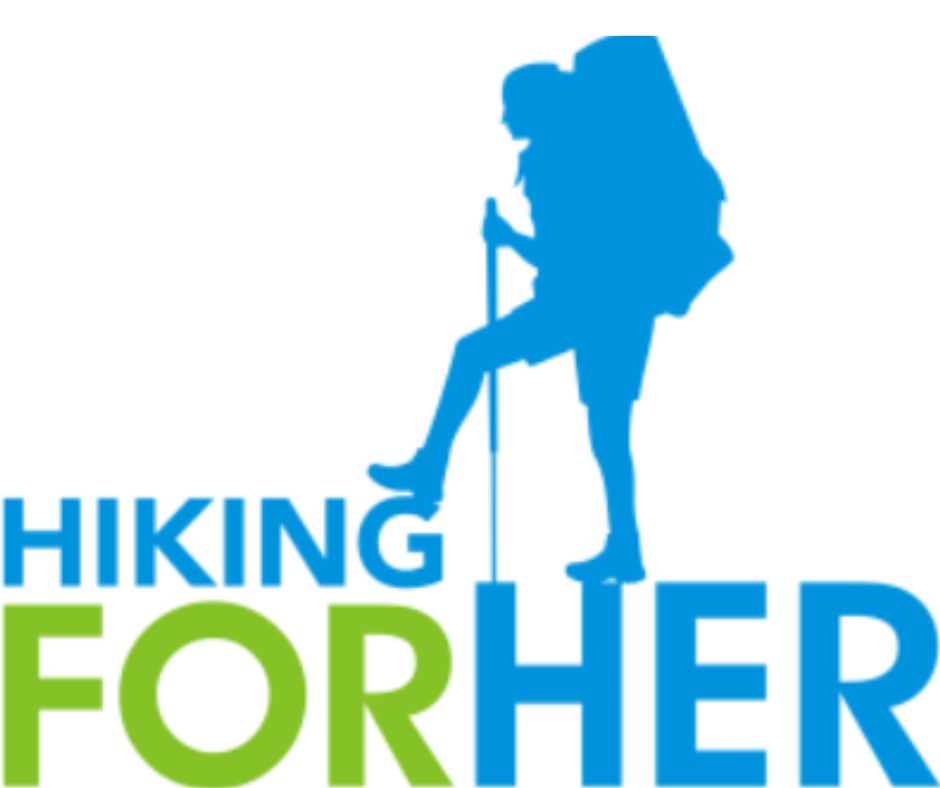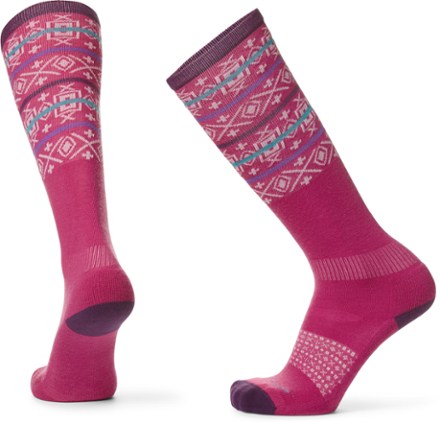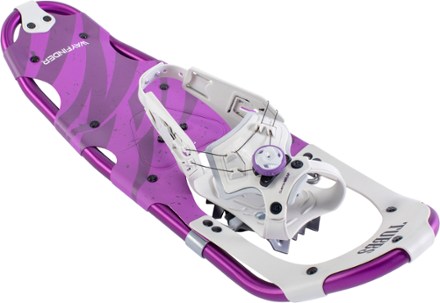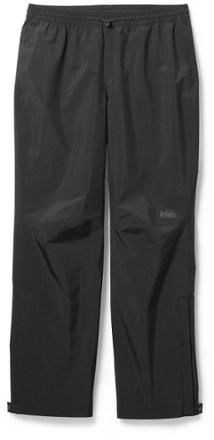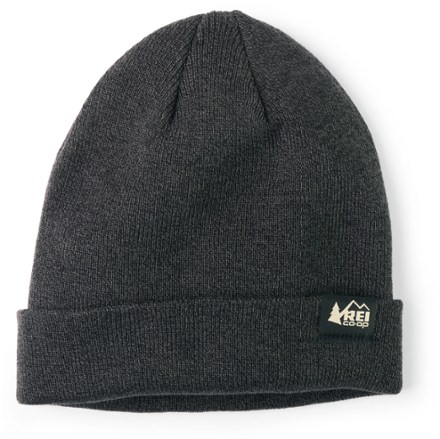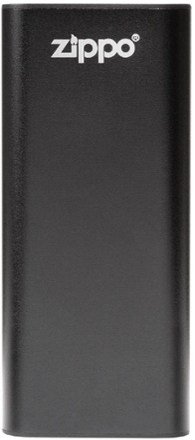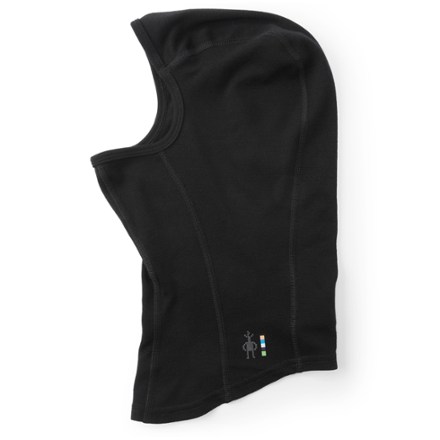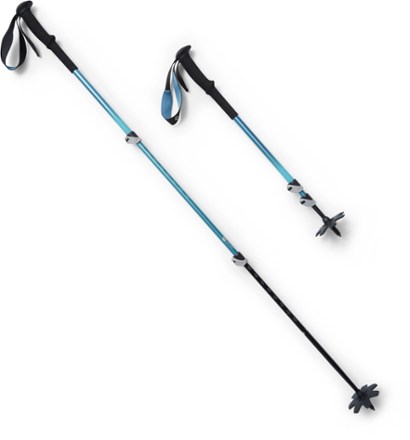Snowshoeing Gear Guide For Women:
Comprehensive Checklist
For Snowshoers On Winter Hikes
By Diane Spicer
Use this free snowshoeing gear guide any way you'd like:
- A checklist of essential gear you need as a first time snowshoer
- Suggestions to upgrade your current winter gear before winter hiking
- The best gear options for your style of snowshoeing
- A glimpse of the gear a seasoned snowshoer uses for safe, comfortable winter outings
- Great gift suggestions for your favorite new or established snowshoer!
Drop down to the essential gear and clothing every snowshoer needs:
Big decisions for snowshoers
First big decision: where to snowshoe!
Decide where in the world you will put this snowshoeing gear guide to good use:
- soft powdery snow (Eastern U.S.)
- "cascade concrete" in the Pacific NW
- points in between, Canada, Europe, South America, Asia on a winter vacation to a new destination
Then decide if you're aiming to be a front country snowshoer, sticking to established trails and moderate routes.
If you want to go off established routes into the backcountry, you'll need more rugged choices for gear and clothing.
Finally, decide how long you will stay out on each snowshoe trip.
- The short days of winter dictate shorter hikes, but you can snowshoe for an hour or up to seven hours a day.
- If you intend to go winter camping, you will be carrying more weight and covering more territory.
Once you have your profile as a snowshoer, it's time to get use a snowshoeing gear checklist.
This guide covers everything you need to go snowshoeing in safety and comfort.
Let's use REI Co-op for snowshoeing gear
REI Co-op has been around for a very long time, and offers everything you need for snowshoeing.
Not a member of REI Co-op yet?
What are you waiting for!
With every qualified purchase, you earn an annual rebate. And that means you'll be able to gift yourself with some great hiking gear, camping equipment and outdoor clothing every spring when you use that rebate!
There are lots more reasons why a one time $20 membership fee rewards you over and over again. More than 14 reasons!
- Explore REI member benefits.
- Or go ahead and become a member today.
Hiking For Her is an REI member as well as an affiliate.
Your purchase price stays the same when you purchase using the links on this website, while HFH may receive a small commission.
Click on each photo in our snowshoeing gear guide for current price, lots more details, and unsolicited customer reviews on REI Co-op's easy to navigate website.
Snowshoeing gear guide:
let's start with what's on your feet
This seems pretty obvious, right? Start with the snowshoes!
Nope.
Back up to a more fundamentally crucial step: your winning combination of socks and winter boots for snowshoeing.
What you wear for three season hiking is not going to work well for snowshoeing. Time for some gear upgrade tips!
Best winter boots for snowshoeing
Check out REI's options for winter boots specifically recommended for snowshoeing.
Or read Hiking For Her's approach to winter boots here.
Need an example of a good choice of boots for snowshoeing?
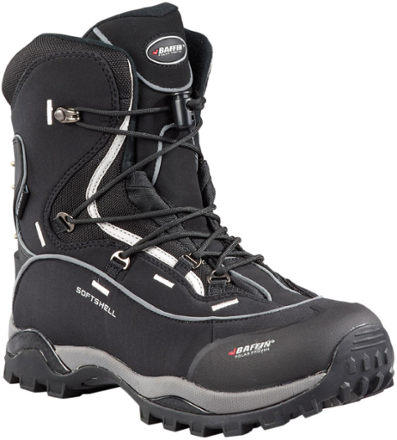
|
Winter boots should be lightweight and of course weatherproof. Cushioning, insulation, durability... here's a nice choice for a female snowshoer. But really, any Baffin boot is designed to make your feet happy in cold weather. Read HFH's review here. |
Winter socks to protect your feet
You'll need thick, cushioned socks on your feet to keep your toes warm inside your winter boots.
You'll be generating a lot of body heat, but in my experience, toes run a bit chilly because they're the closest to the snow.
And here's the conundrum: your warm feet will also sweat a lot.
So you want socks made of fabric that will wicking away your perspiration without getting soggy.
Best snowshoes for women
Tubbs is a brand which delivers the fundamentals and gets you out in the snow quickly.
If you're just starting out as a snowshoer, consider these Tubbs Wayfinder snowshoes for these reasons:
- Bindings are easy to manage: cinch and unlock with just one push of a buckle
- Designed to keep snow from building up on the tail (you don't want to power lift heavy snow all day with your legs, do you?)
- Nice price point for the technical features you get.
Take a peek at all the Tubbs women's snowshoes here.
Trail Tip
You need to decide which type of snowshoe closure you prefer. Your choices include:
- pull webbing
- rubber straps
- ratcheting laces
- ratcheting straps
Try to imagine cold, wet fingers as you consider each type of closure!
Luckily, REI's website makes it easy.
Just select your preferred snowshoe closure option to eliminate snowshoes that won't work for you.
Backcountry snowshoers: consider these snowshoes
MSR is a rock solid company offering rugged gear.
When you go into terrain with downed trees to scramble up and over, rocky exposed slopes to crunch across, and icy stream crossings, you'll need snowshoes that take it all and never give up.
These MSR snowshoes are what are on my feet, and I can vouch for their easy to use bindings that stay glued to your boots, no matter what. The 2019 version has a binding re-design, making it even easier to strap these puppies on your feet and take off.
And their traction is amazing! Even on icy stuff, you'll keep your grip.
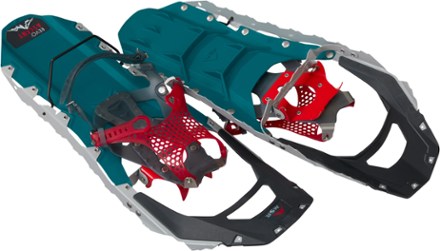
MSR Revo Ascents aren't cheap, but they are bombproof on your feet.
If you're going where there are no trails, and you want safe footing, these are great shoes to be wearing!
Read my review.
Lots more MSR snowshoe options at REI here.
Snowshoeing gear guide:
what should you wear to snowshoe?
Think waterproof clothing that stands up to the cold.
Also think outdoor winter clothing that moves with you, without chafing or binding your movements.
If you already have a rain jacket and rain pants that do a good job of repelling moisture, wear those over your base and mid layers.
Or cut to the chase by taking a look at this jacket and pants combo.
REI Co-op Womens Trailmade rain pants will keep snow off your legs and give you easy access to your boot lacing and snowshoe bindings.
Versatility is a well cherished trait in outer layers, so bring these pants along on any four season adventures. They will always keep your clothing layers dry.
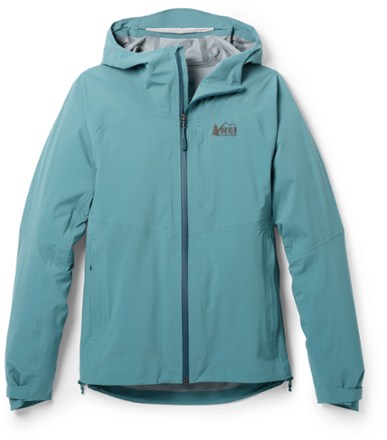
This REI Co-op XeroClould 3L rain jacket has all the features you'll need as a snowshoer to trap your midlayer warmth and to block wind and moisture.
It provides additional protection over your head and neck.
Any shell jacket should be purchased with enough room for layering, right? Just a hint ;)
Snowshoeing Trail Tip
Vests are the ultimate winter mid layer to trap body heat and transmit it to your base layer.
Read more about vests so you don't miss a thing before you head out into the snow! I never go snowshoeing without a vest! And to honest, a vest is always at the bottom of my backpack for three season hikes.
Warm hands, warm head, warm you!
As a snowshoer, you want full visibility beneath a warm hat.
You need finger dexterity to manuever your boot laces, poles, backpack buckles and snack bag.
So these are great options for a mighty duo:
An REI Co-op Lightweight Beanie paired with the Outdoor Research Flurry Sensor Gloves
Headbands for snowshoeing
Here's a snowshoeing fact of life: once you get going, especially uphill, your head will begin to feel like it's cooking even in single digit temperatures.
But you don't want your ears and neck to get chilled, ever.
So compromise:
Vent some body heat from the top of your heat, and trap the rest where it brings the most comfort with a headband.
Lots of styles and weights to choose from here.
Backcountry snowshoers:
add this layer to keep warm
Always carry a balaclava to completely cover your head, neck and ears once the wind kicks up.
It's so much easier to stay warm than to try to add layers to warm up, even if you're moving and generating copious amounts of body heat.
A Smartwool Merino 250 Balaclava is a lightweight option to fit beneath your jacket hood (see above), and will cover your mouth when icy cold air makes it hard to breathe.
It will give you warmth in wet conditions, too, because Merino wool stays warm when wet.
Snowshoeing gear guide:
add poles to your checklist
If you don't use trekking poles for summer trails, now is the time you're going to want to have them in hand.
Snowshoeing requires some tricky maneuvers through deep snow and around tree wells (melted out areas around a tree trunk which can capture you).
Snowshoes on your feet force you to dig deep for balance when you're going uphill, and demands even more poise as you descend a steep slope.
Hiking poles will help you as a snowshoer in other ways, too:
- probing ahead for snow covered obstacles or the depth of a posthole left by a previous hiker
- defining the perimeter of a rock sticking up to avoid holes around it
- hanging your dry hat and gloves when you stop for a water break ;)
Collapsible poles are the way to go, because they can ride along in your backpack to the trailhead, thus saving room in your car or public transport vehicle.
They can also be lashed to your backpack when you decide you don't need them on a trail.
Here's what I use:
These Black Diamond Trail Back Trekking Poles are relatively inexpensive, useful all year round on hikes, and you'll appreciate the solid feel of the rubber grips.
Rubber won't suck up moisture from the snow.
The shafts are lightweight, strong aluminum which lock down tightly using flip locks.
Note: These poles are shown with summer baskets on the ends. There is a set of winter baskets included, and they are easy to swap out.
All of your Black Diamond pole choices can be viewed at REI here.
And here are more HFH details about trekking poles.
Waterproof backpacks for snowshoers
Even if you start out on a snowshoe outings under clear blue skies, it's possible that you will get dumped on by some form (maybe several?) of precipitation before you make it back to the trailhead.
You can take one of two approaches to keep your Ten Essentials dry and usable.
Buy a waterproof backpack, knowing that your investment will pay off in foul weather.
Or protect your current backpack with a waterproof or at least water repellent pack cover like one of these.
Snowshoer Trail Tip
One "hack" I see a lot that is more trouble than it's worth: using a
large garbage bag over your backpack.
You may get away with it in mild summer weather.
But cold hands, wet gear, and a flimsy plastic bag is a recipe for disaster. Don't take the risk while snowshoeing!
Instead, use the right size pack cover to keep your gear dry. Note the operative word: right size!
However, it may be useful to line the inside of your hiking backpack with a thick garbage bag as an extra layer of protection against the elements. Treat it with care!
Backcountry snowshoers: let's add gaiters
to your snowshoeing gear guide
A pair of gaiters are essential to keep snow out of your boots and away from your legs.
They slip on easily (as long as your hands and fingers are warm - see above) beneath your boots, and buckle securely in place.
That's important if you're heading out for a long day of snowshoeing or a few days of winter camping.
Or whenever the snow is heavy and wet.
You want full length (to the knee) gaiters like these for snowshoeing.
The Outdoor Research Gaiters are built a bit more rugged at the ankles, to protect you from debris you'll encounter.
One pair of gaiters will last for years and years, and will be welcome on snowy, muddy spring and fall trails, too.
Don't be put off by the label "mens". You have a choice of sizes!
Communication devices for
peace of mind while snowshoeing
When you head out into unknown territory and uncertain conditions on a short or stormy winter day, you'd better be prepared to get help if you need it.
Read about your choices for backcountry communication:
- Personal locator beacon (panic button only)
- Satellite messengers with a variety of features
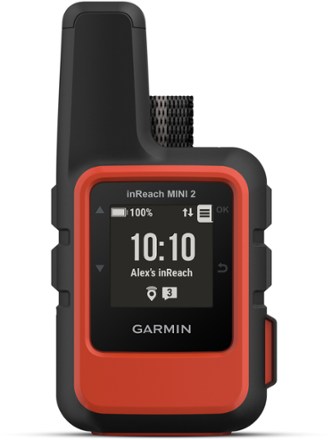
Garmin inReach Mini 2
Yes, these communivation devices are some of the most expensive pieces of snowshoeing gear you'll ever buy!
But what is your safety worth to you?
Exactly!
That's why they're included in this snowshoeing gear guide.
Winter Ten Essentials tips
You may have never heard of the hiking Ten Essentials, so read this first.
For snowshoe outings, you will need to do a few things differently with that list of safety essentials.
Best food and beverages for snowshoeing
Winter hiking and snowshoeing requires more calories to keep warm and keep moving through challenging conditions.
Stay hydrated and eat the right food to fuel your body in cold temperatures, even if you don't "feel" like you need to eat and drink more frequently.
Remember to pause for a snack and a drink at regular intervals. No need to sit down on cold surfaces, standing up or moving slowly will keep your blood circulating and give you a chance to chew thoughtfully as you survey the beautiful winter scenes surrounding you.
Snowshoeing gear guide: illumination
I wanted to call out this item on the Ten Essentials list in particular for your safety.
Cold temperatures decrease the life of your batteries. This is an important thing to pay attention to, as it will impact your ability to communicate and navigate during short days and long nights
Your headlamp should be carried in an inside pocket of your midlayer vest or pants pocket.
Alternatively, you can store the battery and a spare battery there, leaving the headlamp in your backpack.
Do you carry a candle and matches/lighter? Most snowshoers don't unless they are also winter camping.
- However, these can be used to start a fire if you're delayed on the trail (weather and wood availability permitting). Consider adding them to your survival kit.
General snowshoeing gear guide
tips for you
There are a few hiking principles that I adhere to, and strongly recommend to you, in order to keep a wide margin of safety in winter hiking scenarios.
Most important: In winter hiking, you've got to stay warm, no matter what conditions you face.
- Never take off your hat or hood when there is precipitation falling on your head. You'll never be able to dry your hair even if you put a hat back on.
- Don't wait to put on a hat until you say "Wow, I'm freezing!" Because it just might be true :/
- Avoid sitting on cold surfaces, especially snow covered rocks that are tippy. Sit on your backpack instead.
- Cold hands spell trouble. You need dexterity to make clothing adjustments, to interface with a communication or navigational device, and to put food and hot beverages into your body. Bring a backup pair of gloves and that hand warmer mentioned above!
- Hot beverages = nirvana!
You'll need a way to keep your hot chocolate piping hot, and this 16 ounce Hydro Flask will help you out, no worries! The leakproof flex lid makes it easy to use.
Put it deep inside your backpack, cozied up to your extra layers, if your hike lasts longer than four hours. Maximize your technology!
The other way to treat yourself to a hot beverage is to stash this insulated beverage carrier in your car. After your hike, take off your cold, wet gear and then sip while you enjoy being out of the wind in your car or at the trailhead shelter.
Snowshoeing gear guide: the end!
You've come to the end of the snowshoeing gear guide, but you're just getting started on the fun and adventure of winter hiking with snowshoes on your feet.
The freedom and quietness of snowy landscapes will do wonders for you.
Bonus: Keeping your muscles conditioned year round will make you a top notch day hiker and backpacker.
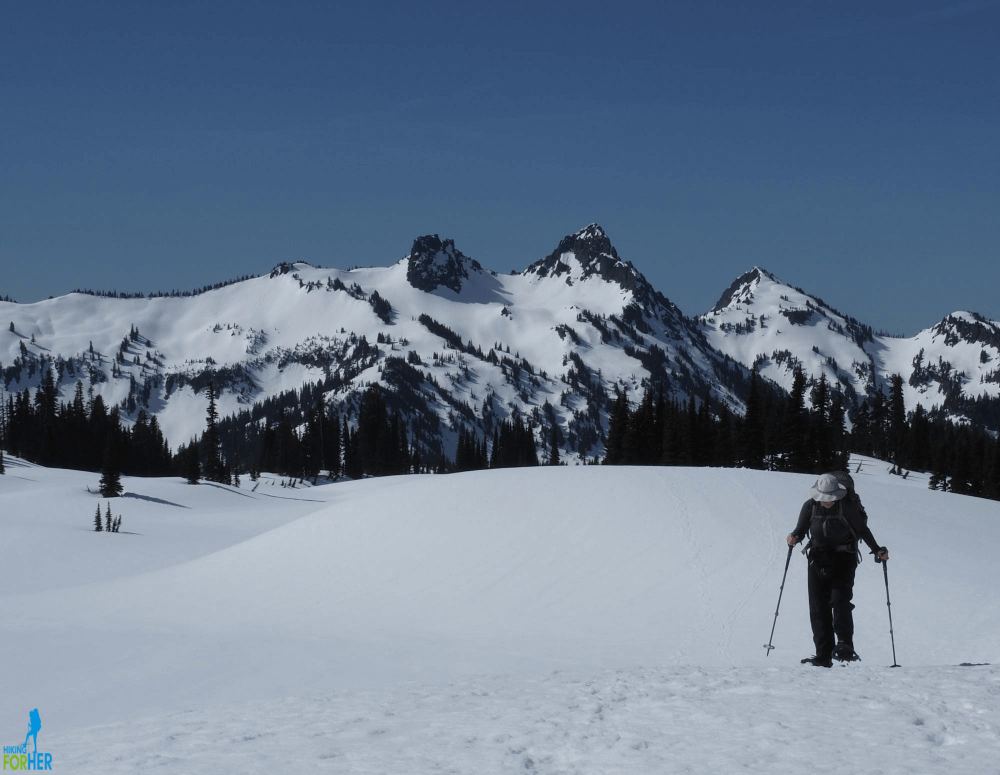 So get out there and stomp around on top of all that gorgeous snow! (Tatoosh Range, Mount Rainier National Park)
So get out there and stomp around on top of all that gorgeous snow! (Tatoosh Range, Mount Rainier National Park)
Essential background information on
best snowshoeing options
To delve more deeply into preparation for a season of snowshoe adventures, here are more detailed winter hiking tips:
- Snowshoeing safety tips
- How to buy snowshoeing gear
- Keep your hands warm out there in the snow
- And your feet!
Home page > Snowshoeing >
Best Snowshoeing Gear Guide
|
I get emails all the time about what I wear, eat, carry and love to use on the trail. That's
why I provide affiliate links to you: the best gear that I use myself and have seen used by other hikers is instantly
available for your consideration, and the gear company sends a few
pennies per dollar to this reader-supported hiking website. There is no added cost to you! Everyone ends up a winner: Great gear for you, strong gear companies, and more free hiking tips for everyone. Thanks very much for your support. It's warmly and sincerely appreciated. It also helps send these hiking tips to all your virtual trail buddies around the globe. |
 |
